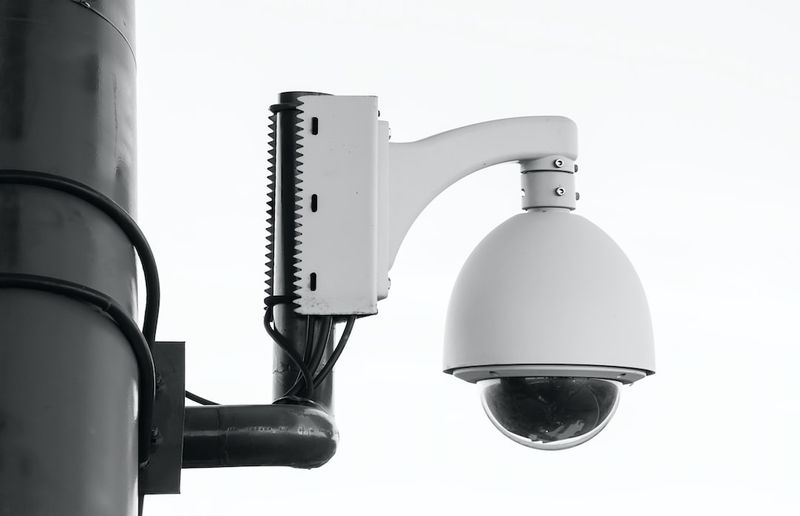*By *
The US cybersecurity agency, the Cybersecurity and Infrastructure Security Agency (CISA), has reversed its decision to include several vulnerabilities affecting Owl Labs’ Meeting Owl smart video conferencing product in its Known Exploited Vulnerabilities (KEV) Catalog. The decision to remove the vulnerabilities from the catalog came after privately raised questions by SecurityWeek about the evidence of exploitation.
In mid-September, CISA added four vulnerabilities affecting the Meeting Owl device to its KEV catalog, along with another flaw that was previously added. The vulnerabilities were discovered by Swiss cybersecurity firm Modzero and include inadequate encryption, hardcoded credentials, missing authentication, and improper authentication issues. Exploiting these vulnerabilities would require an attacker to be in Bluetooth range of the targeted device.
However, CISA has now removed these vulnerabilities, stating that there is insufficient evidence of exploitation. “CISA is continually collaborating with partners across government and the private sector. As a result of this collaboration, CISA has concluded that there is insufficient evidence to keep the CVEs in the catalog and has removed them,” the agency said.
### The Balancing Act: Security and Overreaction
The decision to remove the vulnerabilities from the catalog raises questions about the balance between proactive security measures and potential overreaction. CISA‘s KEV catalog is intended to provide information about known vulnerabilities that have been exploited in the wild, in order to help organizations prioritize their patching efforts. By including vulnerabilities that have not been widely exploited, CISA risks creating unnecessary panic and diverting resources away from more critical vulnerabilities.
In this case, the vulnerabilities in question required the attacker to be in Bluetooth range of the device. This limited the potential for widespread exploitation, as it is unlikely that a highly motivated and sophisticated attacker would target a specific device in this way, unless it was part of a targeted espionage campaign. However, CISA‘s previous stance on including only vulnerabilities with reliable evidence of exploitation raises questions about why these vulnerabilities were initially added to the catalog.
### The Complexity of Bluetooth Exploitation
The use of Bluetooth as an attack vector is relatively uncommon, and there have been no public reports of malicious hackers exploiting vulnerabilities via Bluetooth. The complexities of launching a Bluetooth attack include the need for proximity to the target device and the requirement for specific tools or capabilities.
According to Ben Smith, Vice President of Engineering at Tenable, there are two primary paths for exploiting Bluetooth vulnerabilities. The first is by directly targeting a device from close range via Bluetooth, which usually requires the attacker to be within 330 feet of the target. The second path involves using a remotely compromised device in the vicinity of the target. However, these attacks are not easy to execute, as they require specific tools and capabilities that are not commonly installed on most devices.
### The Importance of Evidence-Based Decision Making
The reversal of CISA‘s decision highlights the importance of evidence-based decision-making in the cybersecurity field. In order to effectively prioritize vulnerabilities and allocate resources, organizations need reliable and verified evidence of exploitation. Including vulnerabilities in catalogs or reports without sufficient evidence can create unnecessary panic and divert resources from more critical threats.
While it is important to remain vigilant and proactive in addressing potential vulnerabilities, it is equally important to base decisions on verifiable evidence. Organizations should rely on trusted sources, conduct their own risk assessments, and prioritize their security efforts based on their specific needs and risk profiles.
### Conclusion: Balancing Act in the Cybersecurity Landscape
The reversal of CISA‘s decision to include Owl Labs’ Meeting Owl vulnerabilities in its KEV catalog highlights the delicate balance between proactive security measures and potential overreaction. While it is crucial to address vulnerabilities, organizations must prioritize their efforts based on reliable evidence of exploitation. Bluetooth-based attacks, in particular, are complex and uncommon, requiring specific tools and capabilities. Moving forward, organizations should focus on evidence-based decision-making, rely on trusted sources for vulnerability information, and conduct their own risk assessments to effectively prioritize their security efforts.

<< photo by Pawel Czerwinski >>
The image is for illustrative purposes only and does not depict the actual situation.
You might want to read !
- The Vulnerable Links: Exposing the Critical Flaws in Supermicro’s BMC Firmware
- Unveiling Supermicro’s BMC Firmware: Multiple Critical Vulnerabilities Exposed
- Fortifying Cyber Defenses: Effective Countermeasures to Combat EDR/XDR Exploits
- The Vulnerable Backbone: Cyber Threats to Critical Infrastructure Devices
- “Cautionary Tales: Unveiling the 10 Security Gaffes the Feds are Desperately Urging You to Address”
- Financial Threats in Vietnam: Unveiling the ‘GoldDigger’ Banking Trojan
- The State of Cybersecurity: Key Takeaways from Recent Events
- The Defenders’ Challenge: Preparing for the Era of Deepfakes
- “Zoom Executives’ Role in Censoring Chinese Activists Revealed”
- GitHub Expands Secret Scanning Feature to Include AWS, Microsoft, Google, and Slack
- Google’s Chrome 116 Release: Patching 26 Vulnerabilities to Bolster Security




